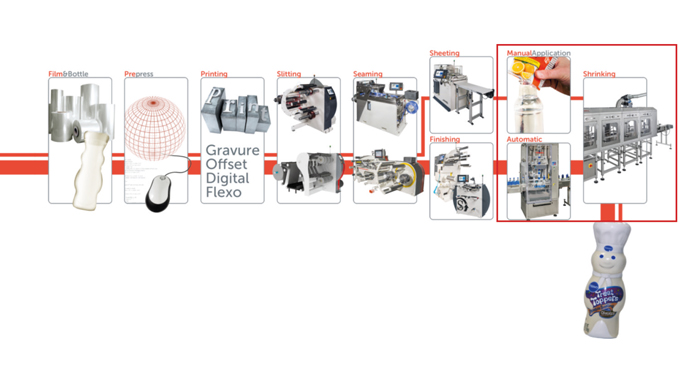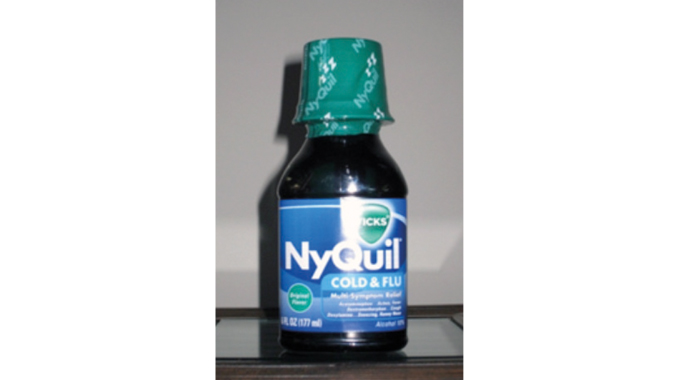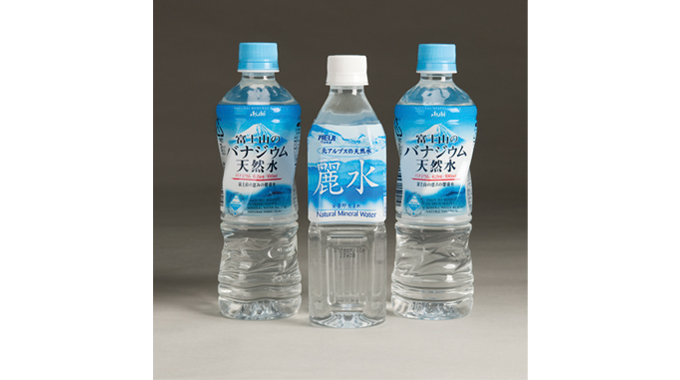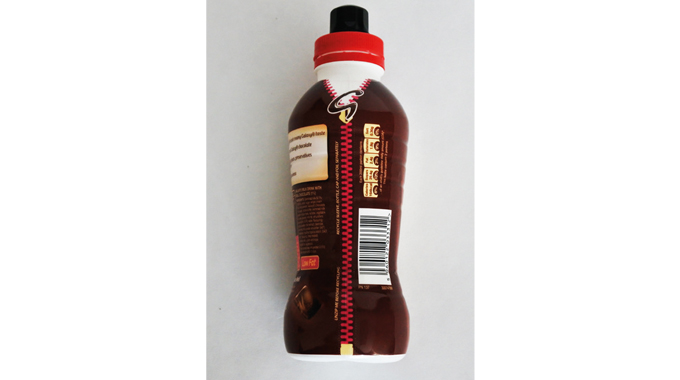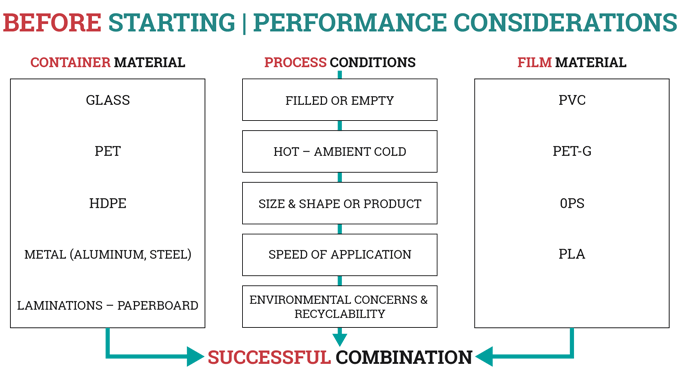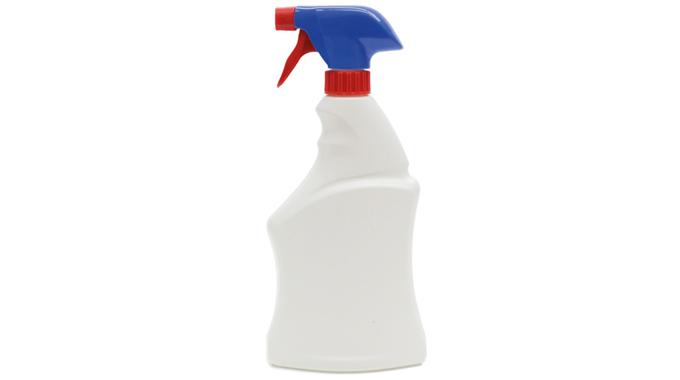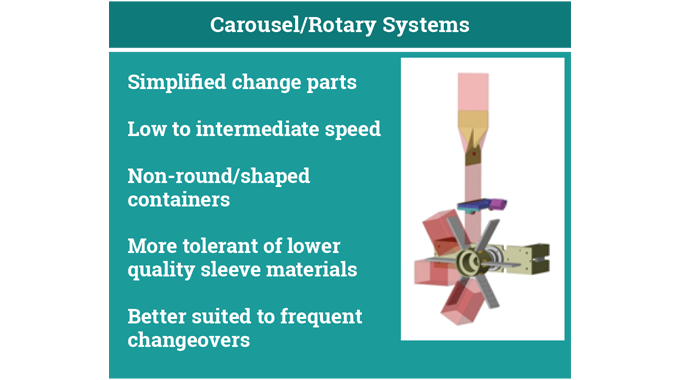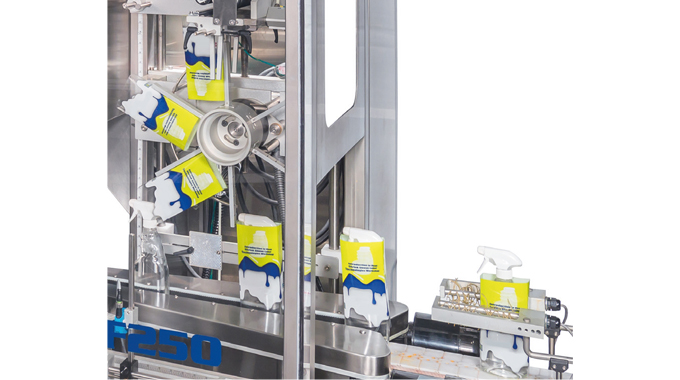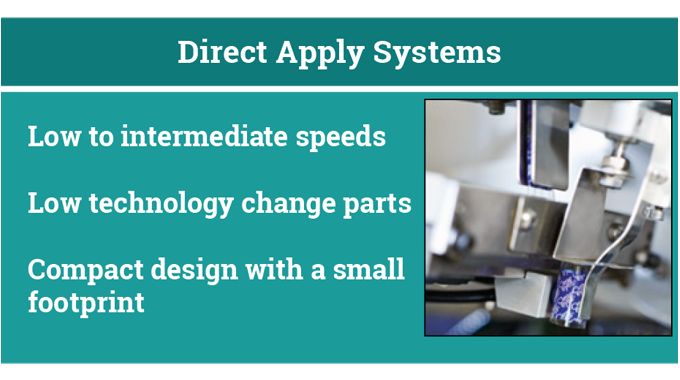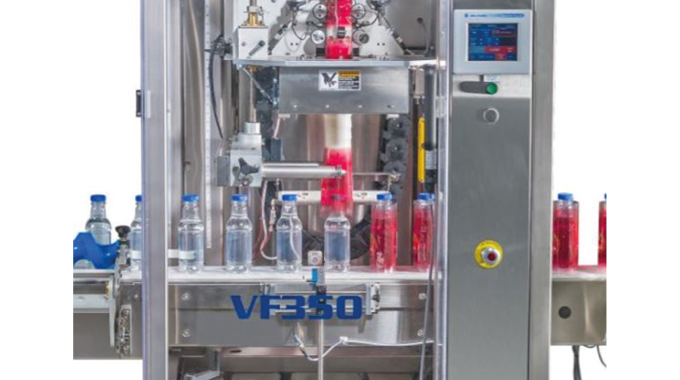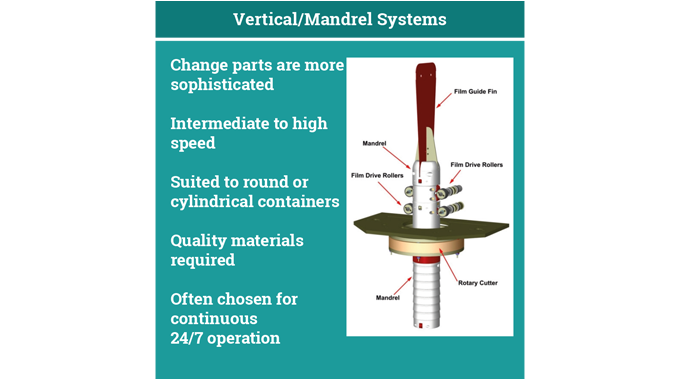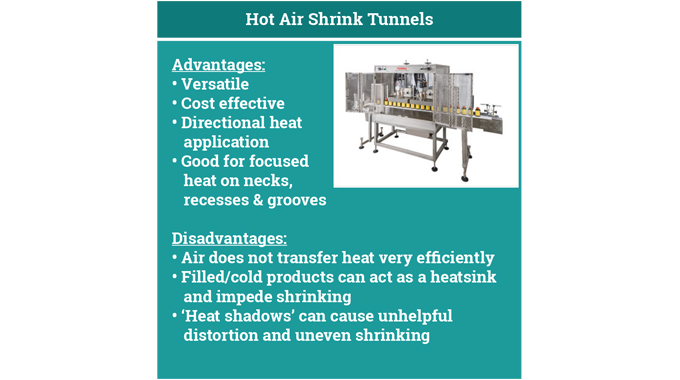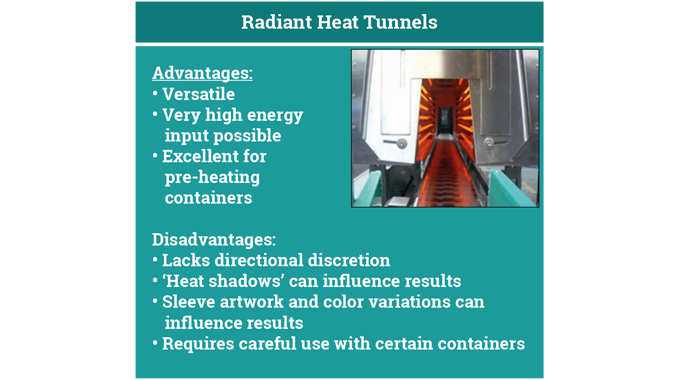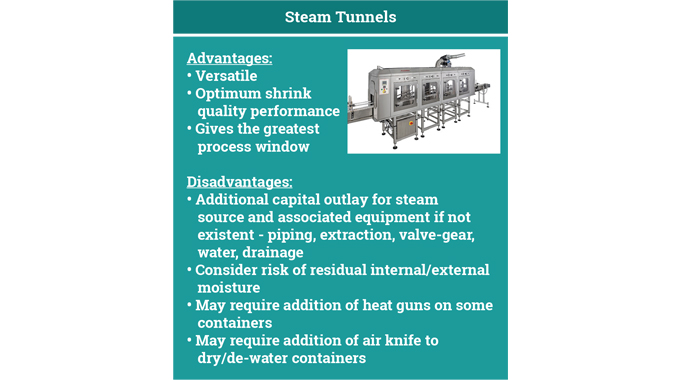Shrink sleeves: Using the right application and shrink tunnel technology
This article takes a closer look at the process of sleeve application and how the sleeve is shrunk onto the container (see Figure 6.1).
While converters will be most interested in how to produce a high value shrink sleeve label, it is also necessary to understand that the sleeve application process is as important as the steps in order to produce a finished product that the brand owner – and ultimately, the market – will value. Converters should always be tightly connected with the manufacturer of the application equipment in order to understand the specifications and tolerances required of the specific application equipment being used by each of their customers. In other words, there are no one-size-fits-all solutions in the successful application and shrinking of shrink sleeve labels. Prior to reviewing the shrink sleeve application machinery in some depth, let us review some of the key concepts that will bear importance in the application process.
Stay up to date
Subscribe to the free Label News newsletter and receive the latest content every week. We'll never share your email address.
